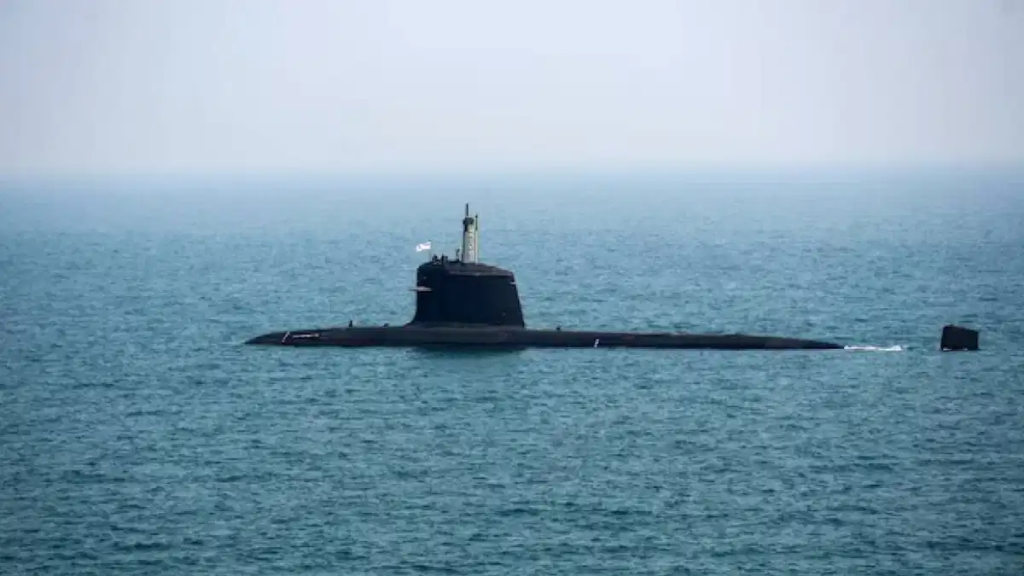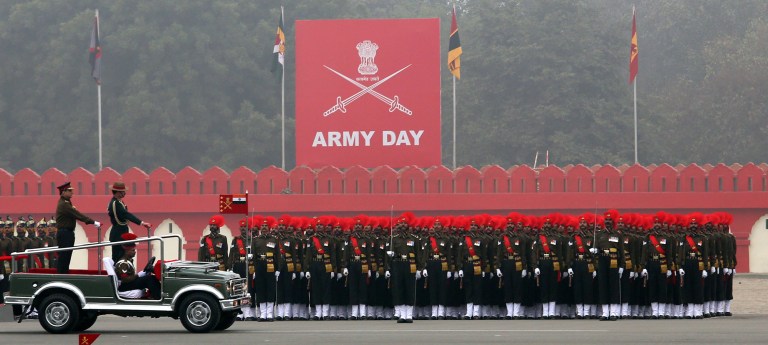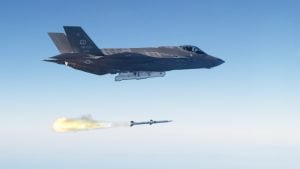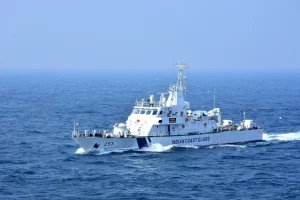Amidst de-escalation with China and a diplomatic spat with Canada, India has quietly launched its fourth indigenously built nuclear-powered ballistic missile (SSBN) submarine. The newly launched SSBN is code-named S-4* and can launch nuclear-tipped missiles.
India Launches 4th Nuclear Missile Submarine
India quietly launched its fourth nuclear powered ballistic missile (SSBN) submarine at Ship Building Center (SBC) in Visakhapatnam this week to strength its nuclear deterrence against its adversaries. While India’s second SSBN INS Arighaat was commissioned by Defence Minister Rajnath Singh on August 29, 2024, the third SSBN INS Aridhaman will be commissioned next year. On October 9, the Cabinet Committee on Security (CCS) cleared the Indian Navy’s plans for construction of two nuclear powered attack submarines to deter any adversaries in the Indo-Pacific.
India launched its first indigenous SSBN in 2009 and commissioned it in 2016. This year, the Indian Navy inducted its second SSBN, INS Arighaat, on August 29, 2024. The third submarine, INS Aridhaman, is expected to be commissioned in 2025.
The induction of INS Aridhaman will mean that India’s second-strike nuclear capability will be fully operationalized by next year. INS Aridhaman (Destroyer of Enemy) is equipped with K-4 submarine-launched missiles and can travel 3500 km.
INS Arihant and INS Arighat are armed with K-15 missiles with a range of 750 kilometers, limiting their strike capability. Even in a conflict with Pakistan, these missiles would only have targets within its range in the south of the country.
S-4* was launched by Defense Minister Rajnath Singh on October 16. The government has been tight-lipped about the launch and instead issued a release about the Defense Minister inaugurating the Very Low-Frequency Naval Station in the Damagundam forest area of Vikarabad district in Telangana for command, control, and communications with strategic assets of the Indian Navy.
In case of a nuclear conflict, the highest level of survivability lies with equipping nuclear-powered submarines with ballistic missiles with sufficient ranges. Since the submarine-launched ballistic missile first came into being, it has been considered the most survivable delivery system, as ocean depths remain opaque to a large extent.
The induction of S-4 will greatly boost India’s nuclear deterrence. The lack of at least three operational submarines means that the submarines are primarily in and out of the harbor without maintaining constant atomic deterrence.
A nuclear-powered attack submarine or SSBN guarantees survivability of nuclear retaliatory capability. With its long coastlines and peninsula, the SSBNs can remain hidden in ocean depths during the conflict to ensure the survival of second-strike capability.
For nuclear deterrence, one submarine always needs to be on patrol. If Arihant is in and out of the harbor, it is not exactly a deterrent. At least 3-4 SSBNs are needed—one can keep on patrol when one may be in port, one goes for patrol, and one comes back.






















